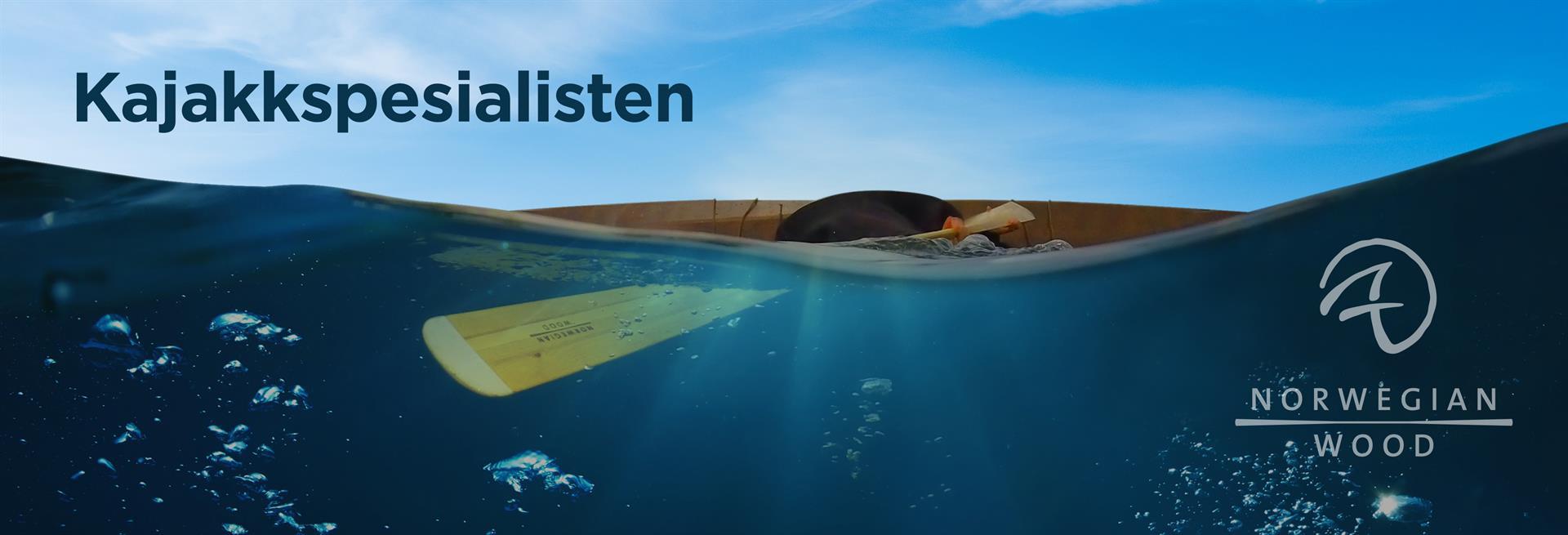Support strokes (high and low brace)
The Greenlandic hunter James Petersen from Godhavn (Qeqertarsuaq) mentions at the beginning of the 1920s the following important conditions as being central to learning support strokes, which he refers to as "fishing" the wave:
Good kayak, and watertight paddling jacket. Paddle together with others, and observe them! When the waves break, let the wave roll over you and "fish" the wave with the paddle. Don't lean over to the lee side. Brace your thighs against the sides of the kayak. Focus on keeping your balance.
This is very similar to what applies for support strokes with modern paddles. I would add a few things: The paddle is symmetrical with narrow blades. So in situations where you need more support, even rolls, it's straightforward to move your grip from having both hands on the shaft to one hand on the shaft and one on the blade. In that way, you get a longer paddle, and thus more support, on the side where you need support. You can practice changing grips so that it becomes a reflex. A regular low support stroke is performed in the same way with modern paddles. Remember to hold the oar as low - i.e. horizontal - as possible. In addition, you have to practice "snapping" your hips and using that to right the kayak at the same time as you force the oar downwards in the water.
Low brace
The starting point for a low support stroke is a regular paddle grip. Brace your knees against the sides of the kayak. Lean the kayak sideways.
As you lose your balance, press the paddle blade flat downwards against the water's surface.
Simultaneously snap the kayak upright with a powerful hip movement. The paddle blade can remain in the water until you've regained your balance.
High support stroke
Push downwards on the paddle blade and snap your hips hard. The kayak rights itself, and you let the paddle blade stay in the water until you've regained your balance.
The starting point for a high support stroke with Greenland paddle. Move the paddle sideways, so that your grip is asymmetrical. Lean the kayak sideways.
Hold the oar as horizontal as possible. Brace your knees against the sides of the kayak. Lean backwards a bit.






